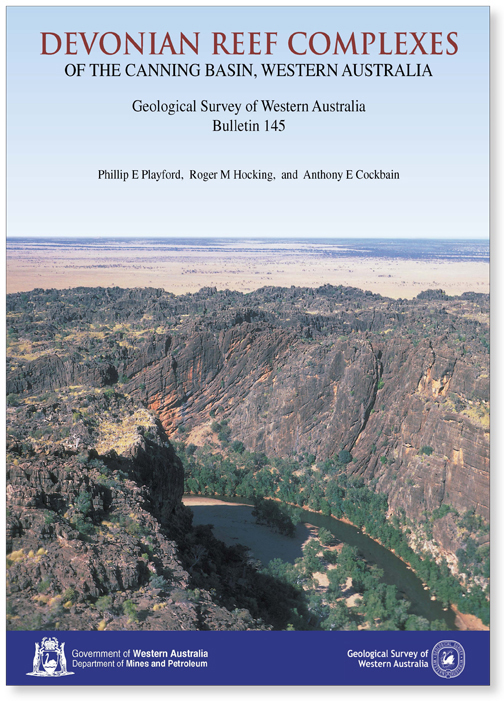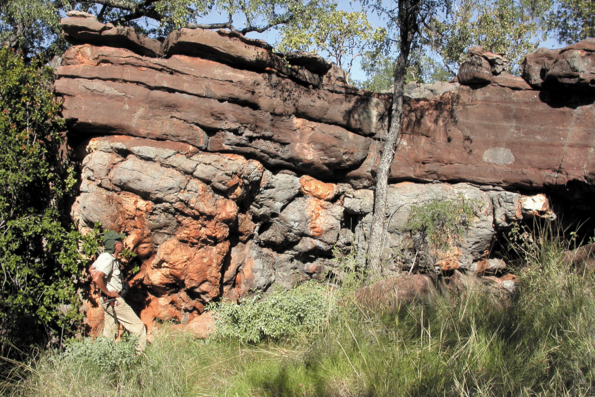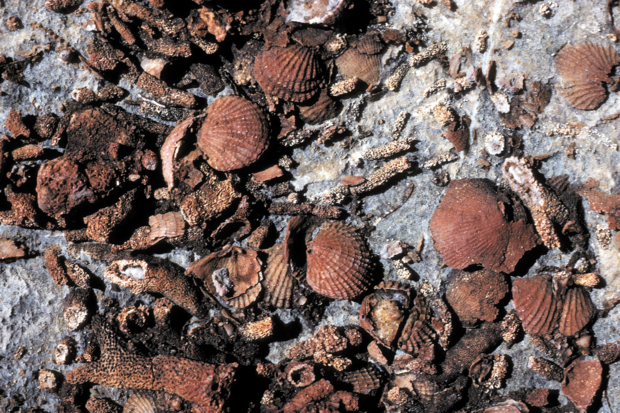The Devonian reef complexes form spectacular landscapes in the northern part of Western Australia. They are highly prospective for zinc–lead deposits, and also for petroleum where they extend into the subsurface. Several zinc–lead deposits and a small oilfield have so far been discovered in these rocks. Bulletin 145 Devonian reef complexes of the Canning Basin, Western Australia showcases these wondrous rock formations.
The Devonian reef complexes form a spectacular belt of rugged limestone ranges that extends for 350 kilometres along the northern edge of Western Australia's Canning Basin. These complexes are regarded as the world's best example of an exposed ancient barrier reef system, and have become known as the Devonian Great Barrier Reef. The rocks are prospective for both zinc–lead deposits and petroleum, and are regarded as a model for similar reefs that host prolific oilfields elsewhere in the world.
What is in the book?

The book consists of:
- 50 years’ research and fieldwork on the Devonian reef complexes condensed in one volume
- more than 400 large-format full-colour photographs showing the spectacular geology of these reef complexes
- more than 130 full-colour figures
- eight maps spanning the exposed extent of the reef complexes
- detailed descriptions and interpretations of important field localities
History
Research began on these reefs in 1956. The Geological Survey of Western Australia (GSWA) first undertook mapping in the area in 1962 when the original Bulletins were produced. Fieldwork continued and for this Bulletin’s senior author, Dr Phillip Playford, the work represents the culmination of more than 50 years of his studies in the area.


How to access the book
To buy a hardcopy (boxed set of hard cover book with eight accompanying maps) of Bulletin 145 Devonian Reef Complexes of the Canning Basin by Phillip E Playford, Roger M Hocking, and Anthony E Cockbain, please email bookshop@dmirs.wa.gov.au. You can also download a free PDF from the link below.
Devonian Reef Complexes of the Canning Basin, Western Australia
